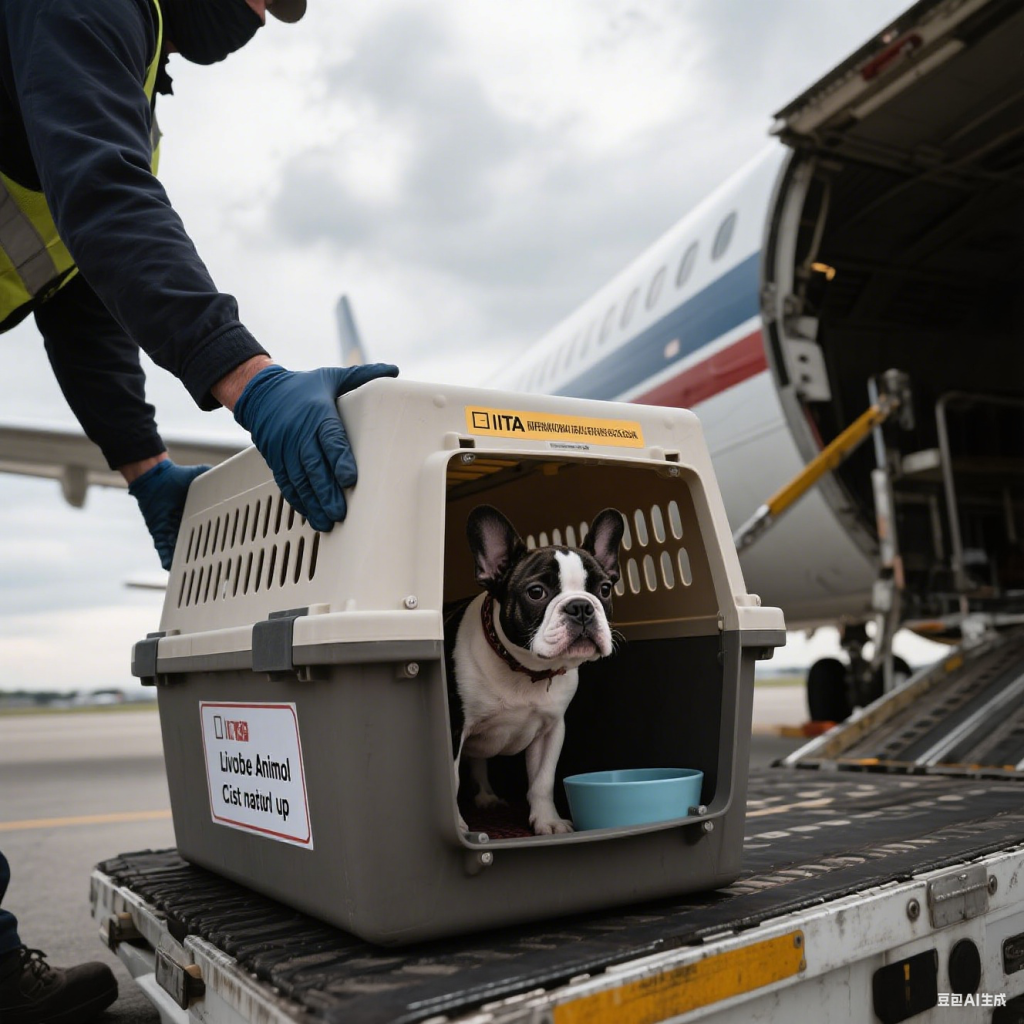In today’s hyper-connected world, it’s easier than ever to buy almost anything from another country—including live pets. With a few clicks, a rare British Shorthair kitten can be shipped from the UK to New York, or a French Bulldog puppy can arrive from Eastern Europe. But this growing trend of international pet trading raises serious questions: Is it legal? Is it ethical? And most importantly, is it safe for the animals involved?
The Legal Landscape: Regulated, Not Free-for-All
In both Europe and North America, importing live animals is legal—but tightly regulated. These rules are designed to protect public health, prevent disease transmission, and ensure animal welfare.
In the United States, for example, the CDC (Centers for Disease Control and Prevention) and USDA (United States Department of Agriculture) oversee pet imports. Dogs must be vaccinated against rabies, and animals from certain countries may face quarantine or additional screenings. The European Union has similar requirements, including microchipping, health certificates, and proof of up-to-date vaccinations.
Commercial importers must also comply with international standards such as CITES (Convention on International Trade in Endangered Species) and IATA (International Air Transport Association) regulations for live animal transport. Violations can result in fines, seizure of animals, or even criminal charges.

The Hidden Cost: Stress and Suffering for Pets
While the legal hurdles may be manageable, the emotional and physical impact on animals is often overlooked. Long flights, cramped crates, changes in air pressure, unfamiliar handlers, and climate shifts can all cause extreme stress or illness for pets in transit.
Many animal welfare organizations across Europe and North America have criticized the non-essential transport of pets, especially when it’s driven by fashion trends or breed preferences. They argue that such practices reduce pets to luxury commodities, rather than respecting them as living beings with needs and emotions.
Driven by Demand: The Role of Breeders and Buyers
Why do people import pets at all? Often, it’s about perceived “quality” or uniqueness. A purebred dog from a specific country may be seen as more desirable or prestigious. Social media influencers showing off imported pets have also fueled demand.
This demand has led to a surge in international breeders offering direct-to-door pet deliveries. Many claim to provide pedigree papers, health records, and guarantees—but unfortunately, not all are reputable. Common issues include:
- Poor breeding conditions
- Fraudulent documents
- Puppies or kittens arriving sick
- Hidden transport costs
- No legal recourse if something goes wrong
In some cases, pets don’t survive the journey at all.
Ethical Alternatives: Adopt or Shop Local
The question isn’t just “can we” buy pets internationally—it’s “should we?”
Before supporting the global pet trade, consider these points:
- Is the overseas breeder following ethical practices?
- Could you find a similar breed from a local, responsible breeder?
- Have you explored adoption from shelters or rescue organizations?
There are countless animals already in need of homes within your own country. Adoption is often cheaper, more ethical, and saves lives.
Final Thoughts
Buying a pet from another country may seem glamorous, but it comes with hidden costs—for you and the animal. While it’s possible to import pets legally, that doesn’t mean it’s always the right thing to do.
In the end, the decision reflects our values:
Are we choosing a pet for companionship—or for status?
Are we thinking about their well-being—or just fulfilling a personal desire?
Every pet is a life, not a product. Let’s treat them that way.
